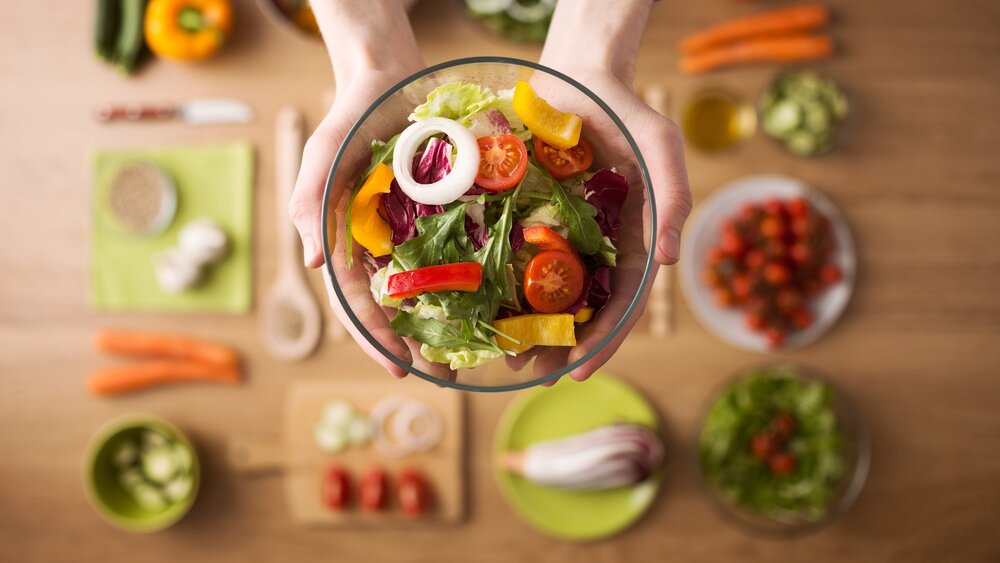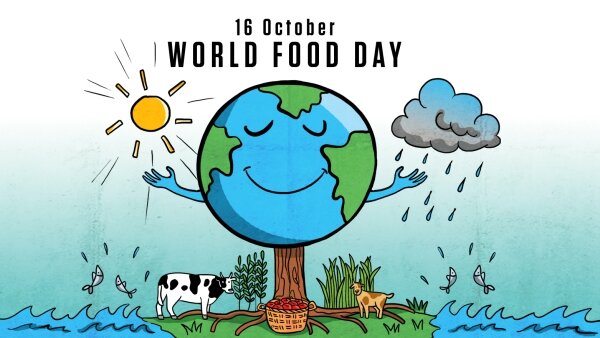Iran (IMNA) - Shifting to a healthier diet by eating more seasonal fruits and vegetables and reducing the consumption of junk food could help in meeting the ‘zero hunger’ goal of the UN-mandated Sustainable Development Goals, the document said.
Over 820 million people — approximately one in nine people around the world — were hungry, and malnutrition affected one in every three people, the FAO noted. The world was facing a crisis of extremes, the UN body said, with many affected by obesity and others by food insecurity.

Humans have become more obese with their diets shifting from seasonal, mainly plant-based and fibre-rich dishes, to high-calorie diets, rich in refined starches, sugar, fats, salt, processed foods and often marked by excessive consumption of meat, according to FAO.
This was due to globalisation, urbanisation and income growth, it added. People spent less time preparing meals at home and cooked food and packed food were available at just a mouse click. On the other hand, many people globally were suffering from food insecurity, a situation in which people lack secure access to sufficient amounts of safe and nutritious food for normal growth and development and an active and healthy life.
“But food security in our times isn’t only a matter of quantity. It’s also a question of quality. Unhealthy diets have now become a leading risk factor for disease and death worldwide. There is an urgent need to make healthy and sustainable diets affordable and accessible to everyone,” the FAO document stated.
Farm to fork
To make a change, all key stakeholders needed to join hands and make the shift, the FAO said. Over 30,000 edible plant species are known to humanity, out of which, only 200 are cultivated at the farm level. At the end of the day, 50 per cent of humans’ calorie intake comes from just eight major crops namely wheat, maize, rice, barley, beans, groundnut, maize, potatoes, and sorghum.

At the farm level, more seasonal, indigenous crops needed to be cultivated to meet nutritional needs, the booklet said. In India, this is already being done as millets have become a superfood and are believed to fight against food insecurity. Private industries needed to produce products with less sugar salt and fat, the booklet added.
In this case, India is still waiting for the red-label regulation from the Food Safety and Standards Authority of India (FSSAI). On the other hand though, FSSAI has mandated that food products should not contain more than three per cent industry-made trans-fat from January 2021. By 2022, FSSAI plans to bring the trans-fat level down to two per cent.
Another factor that could help in fighting food insecurity is less wastage of food. The State of Agriculture report published by FAO on October 14, 2019, stated that “globally, around 14 per cent of the world's food is lost after harvesting. Around 60 per cent of the total micronutrients are lost because of wastage of fruits, vegetables, and animal-based products at various levels after harvest”.
If these losses could be avoided by providing more infrastructure and new technologies, 60 per cent micronutrient losses would be saved. To reduce the amount of food waste entering landfills, a new strategy is being followed by city-dwellers around the globe which is called the community fridge. Similarly, a new strategy needs to be brought in at each stage of the food market chain post-harvest.

Source: Down to Earth


Your Comment